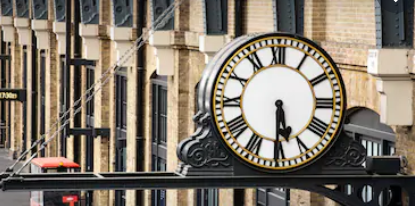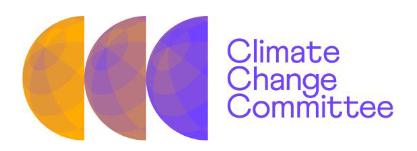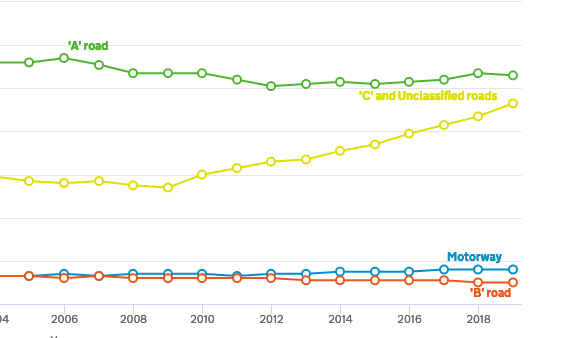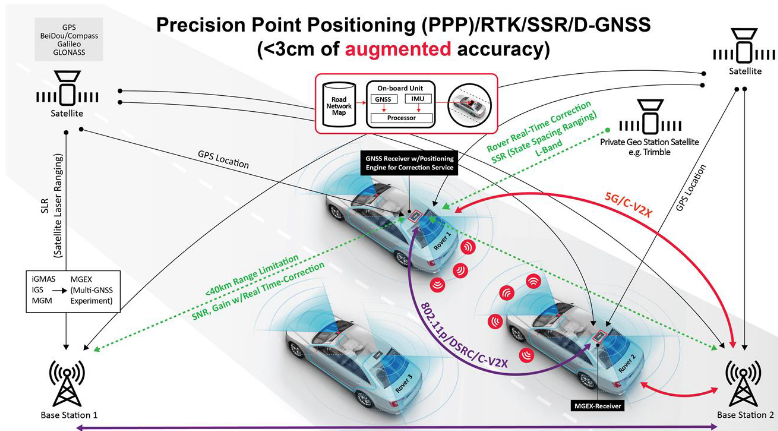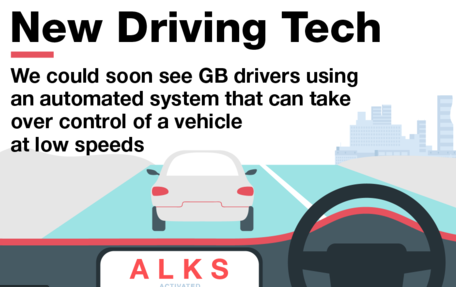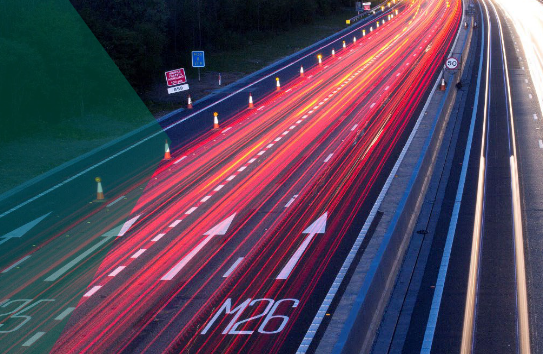An on-line meeting organised by Local Transport Today on 19 June was concerned with the future of car travel after the coronavirus pandemic. I contributed the following thoughts.
The average distance travelled by car in the UK per person ceased to grow at turn of century, following strong growth in the last century. This phenomenon has been called ‘Peak Car’, but ‘Plateau Car’ would be a better term, given the 20-year flat trend. But with the coronavirus pandemic, we have three new influences that could affect the trend of car use in the longer run.
First, a natural preference for the car in place of public transport during the pandemic, which will add to road traffic congestion. Second, less road space for cars in urban areas to allow more room for active travel, both as response to the pandemic and to promote longer term reduction in carbon emissions and improve urban air quality; this also will tend to increase congestion, unless car users could be persuaded to switch to active modes. Third, less car travel due to more working at home, more video-conferencing, and more on-line shopping, accentuating recent trends; this would relieve congestion. We can’t yet estimate the likely magnitude of these influences, so can only speculate in broad terms how they may play out.
Might active travel substitute for some car use? The London Mayor aims to increase cycling 10-fold. That would take mode share to 30%, as Copenhagen, a city with comprehensive cycling infrastructure. Yet car use in Copenhagen only slightly less than in London, while public transport use half that in London – 18% mode share vs 37% in London.
It seems that people can be attracted off buses onto bikes, which are cheaper, healthier, environmentally better, and no slower in congested traffic. Yet this would reduce fare income to public transport and likely the level of service. In contrast, it seems harder to get people out of cars onto bikes, even in Copenhagen where most motorists have bikes at home.
The fundamental problem in getting people to travel by slower modes is the consequent reduction in access. The key historic transport innovations all increased access. Railways, the modern bicycle, motor car, motorised two-wheelers, each offered a step change increase in speed of travel and hence in access to people, places, opportunities and choices. Access increases with the square of the speed of travel. Comparing walking at 3 mph with urban car travel at say 20mph, a 7-fold increase in speed, yielding a 50-fold increase in access to desired destinations. Comparing cycling at 10mph with car travel – twice the speed giving four times the access. People have become used to the access offered by the car and most would be reluctant to settle for less by opting for slower modes.
To reduce car use, we need to offer a mode that is faster and more reliable than the car on congested roads, which is rail – interurban between cities, commuting into cities, and rail in all its forms within cities. Investment in rail in London has been important in reducing car mode share from 50% in early 1990s to the current 36%. But continuation of that shift depends not only on successfully tacking the coronavirus pandemic, but also continuing to invest in urban rail, which is very costly and so limits expansion of rail travel.
The other way of reducing car use is to lessen the need to travel for work. The pandemic has shown us how we can manage to travel much less, but this is undoubtedly suboptimal. The magnitude of the rebound remains to be seen. Investment in broadband could facilitate remote working and could be much more cost-effective than new road capacity.
All in all, I do not expect to see a substantial change in per capita car use nationally, once the pandemic is behind us, but we could be at the start of a downward trend, reflecting less need to travel and some switching to other modes. It may turn out that we are now at the peak of car travel on a per capita basis, which should prompt review of all those ‘shovel ready’ schemes in the road construction programme.
As a means to decarbonise the transport system, the contribution of behavioural change is problematic to rely on because of the uncertainties of responses to both the easing of lockdown restrictions and policy interventions aimed at changing travel behaviour. This means that we need a strong commitment to technology in the form of electrification, both to cut transport carbon emissions and improve urban air quality.
The other new technology – automation – is not a solution to the problems we face. It will be difficult to deploy autonomous vehicles on the existing road network. The technology is expensive and the benefits limited, so that the appetite of consumers is uncertain. The car manufacturers will give priority of electric vehicles, leaving automation to be developed in the slow lane.

